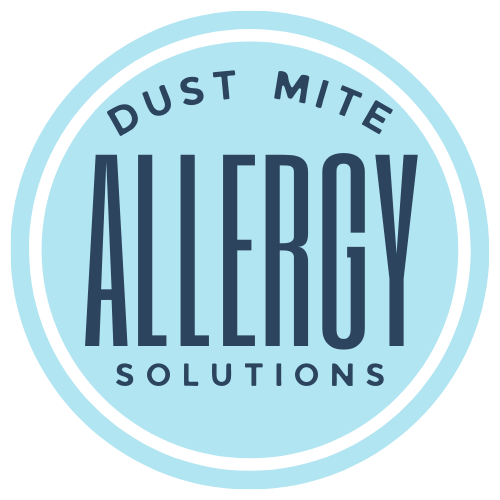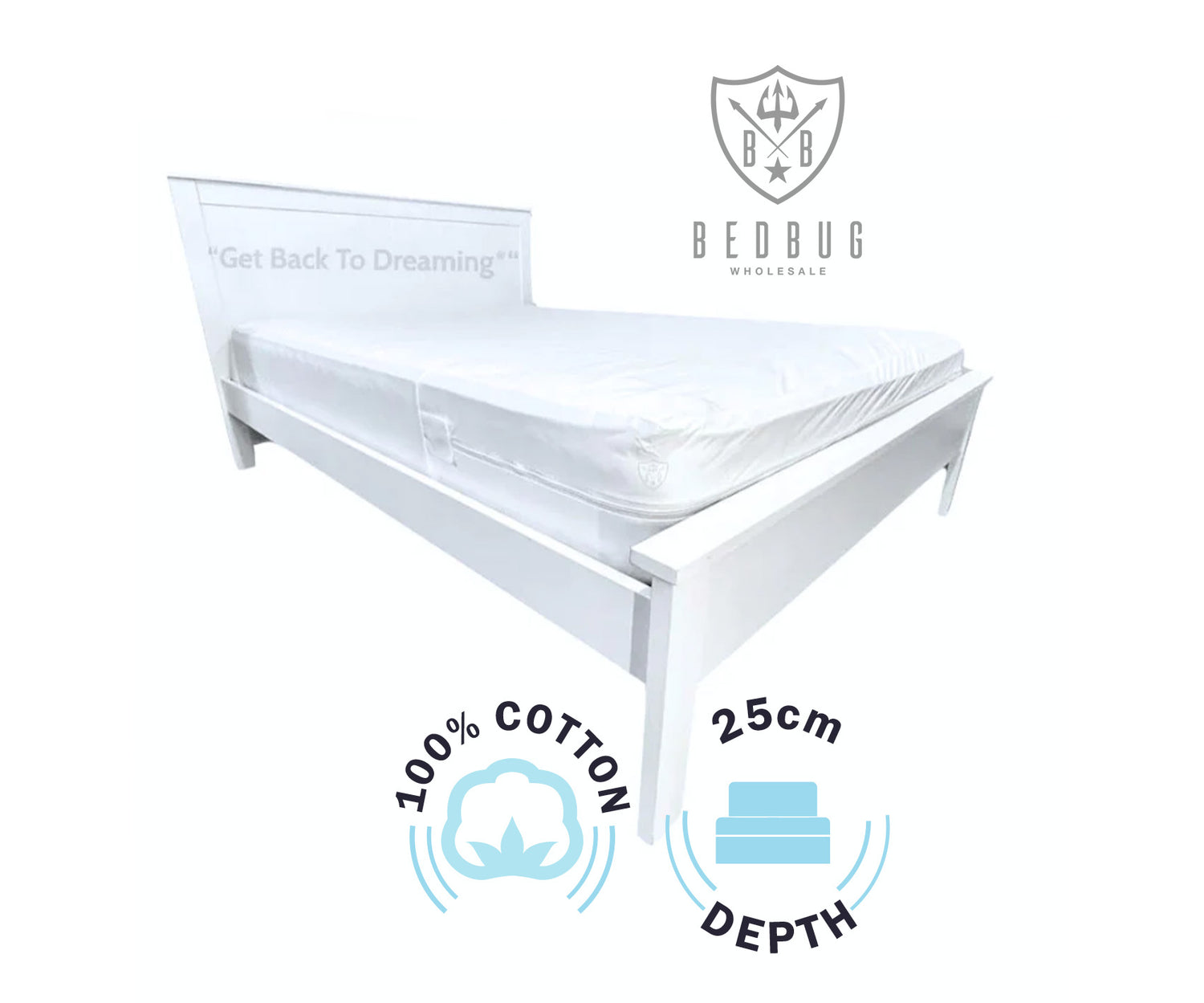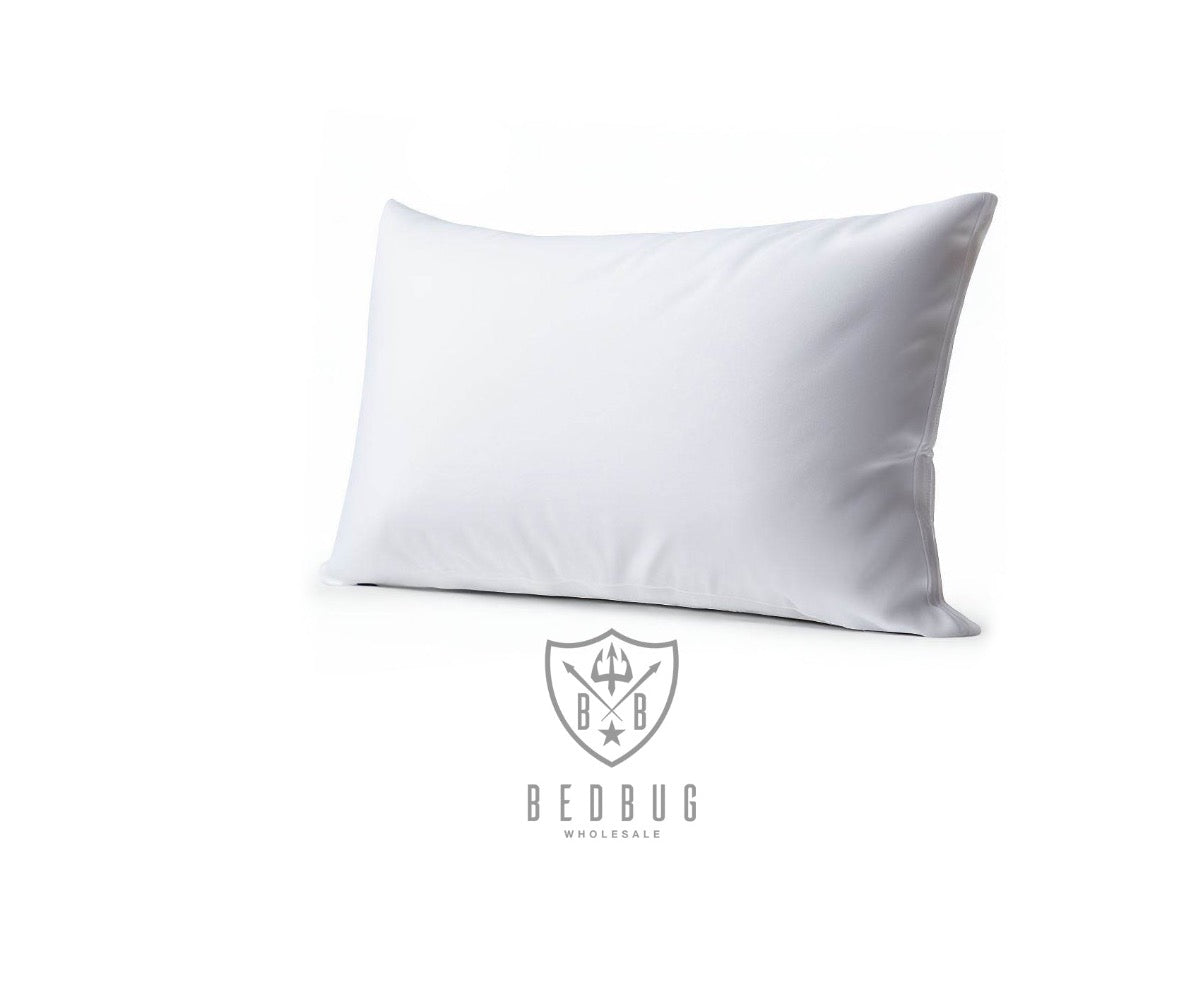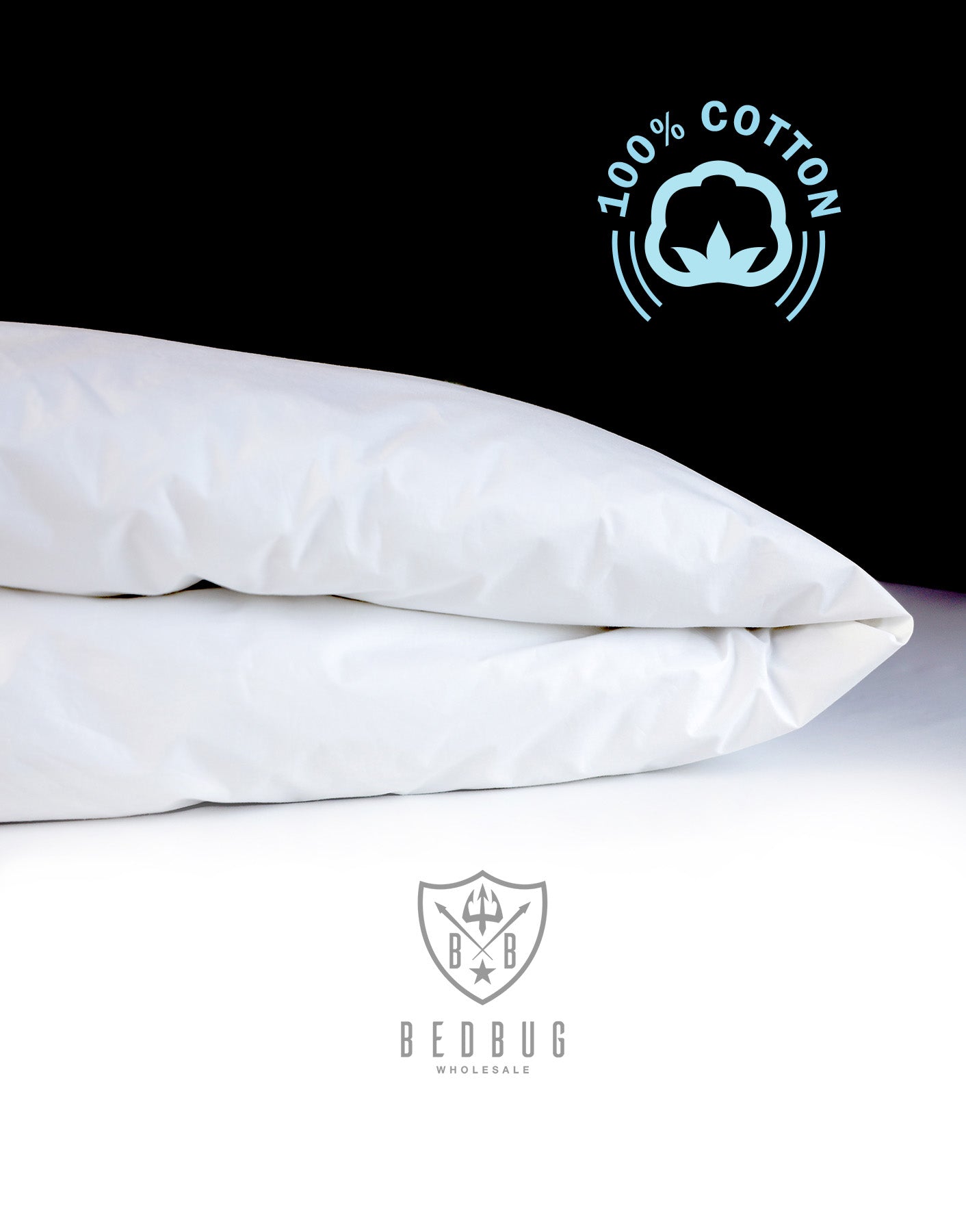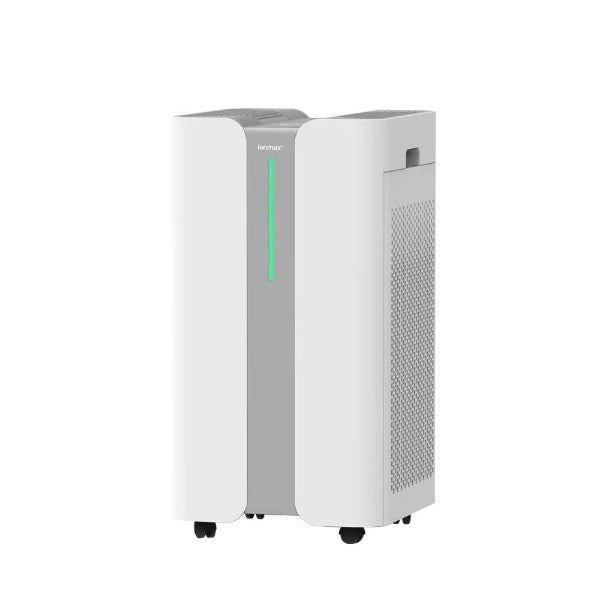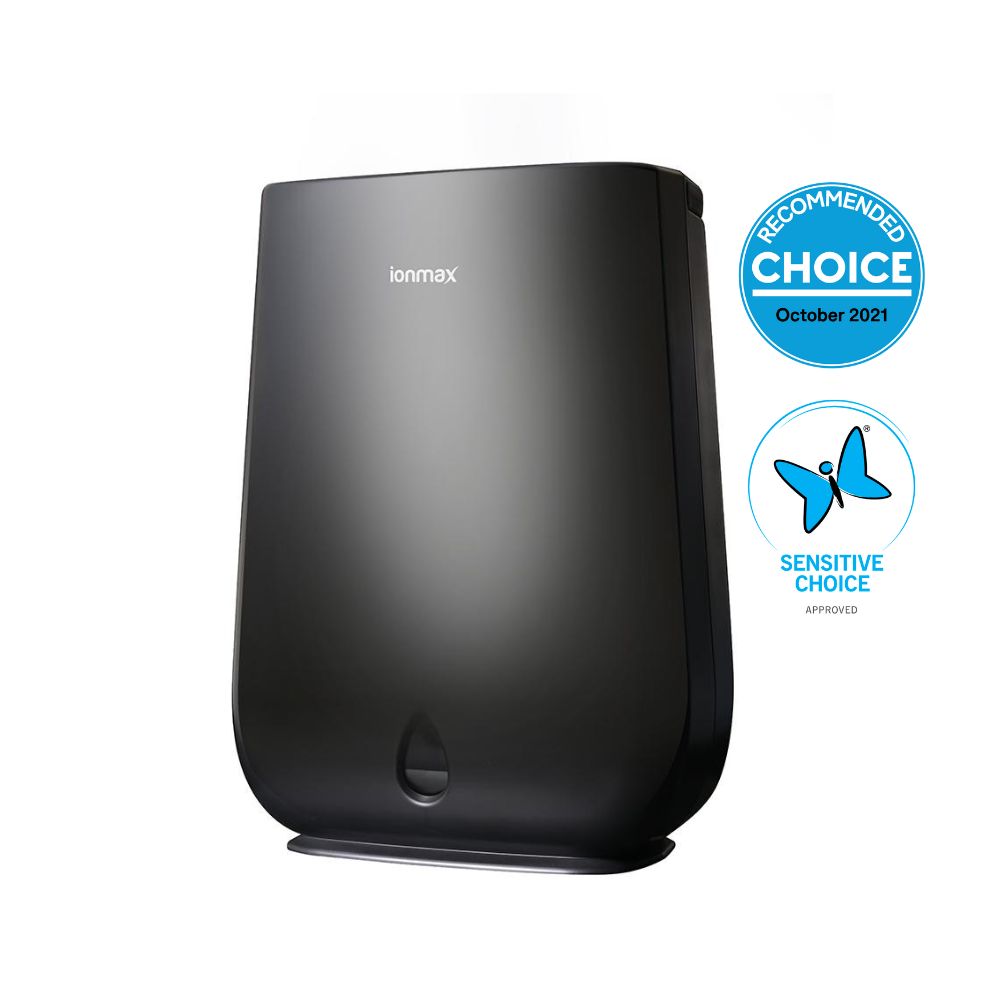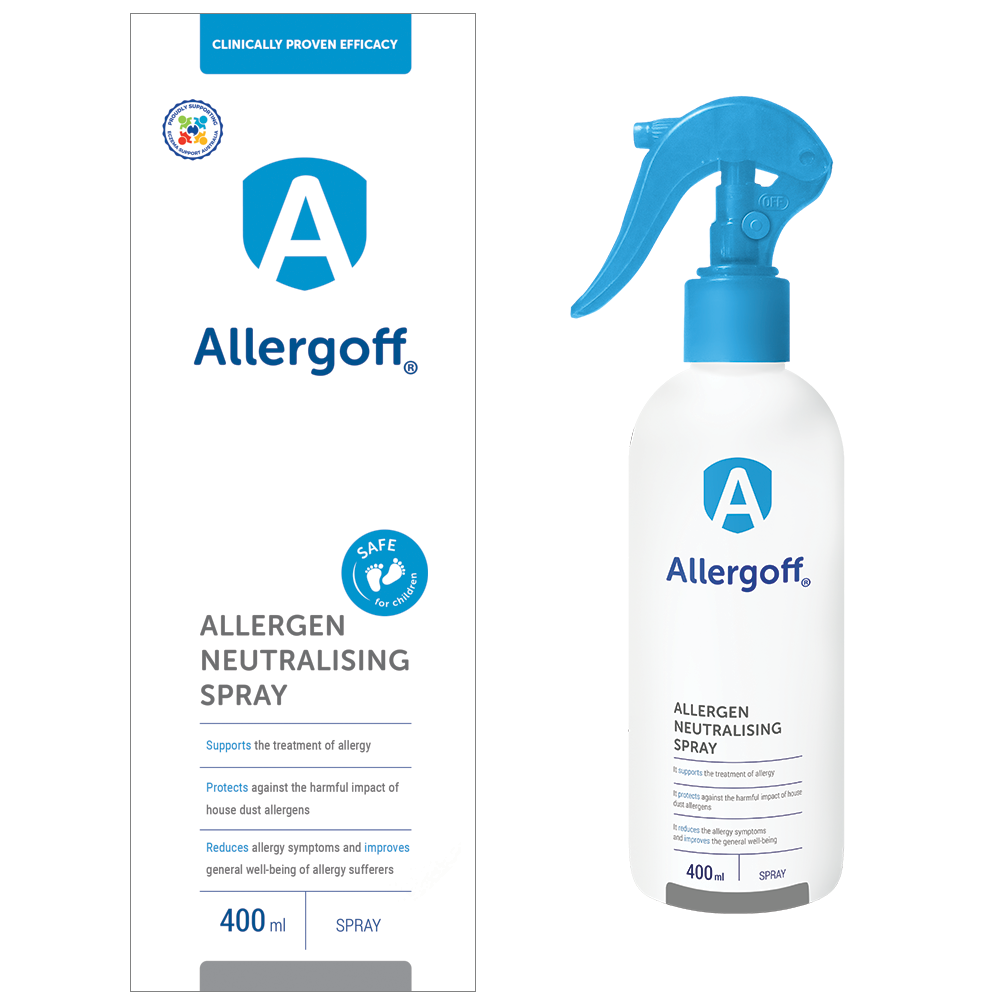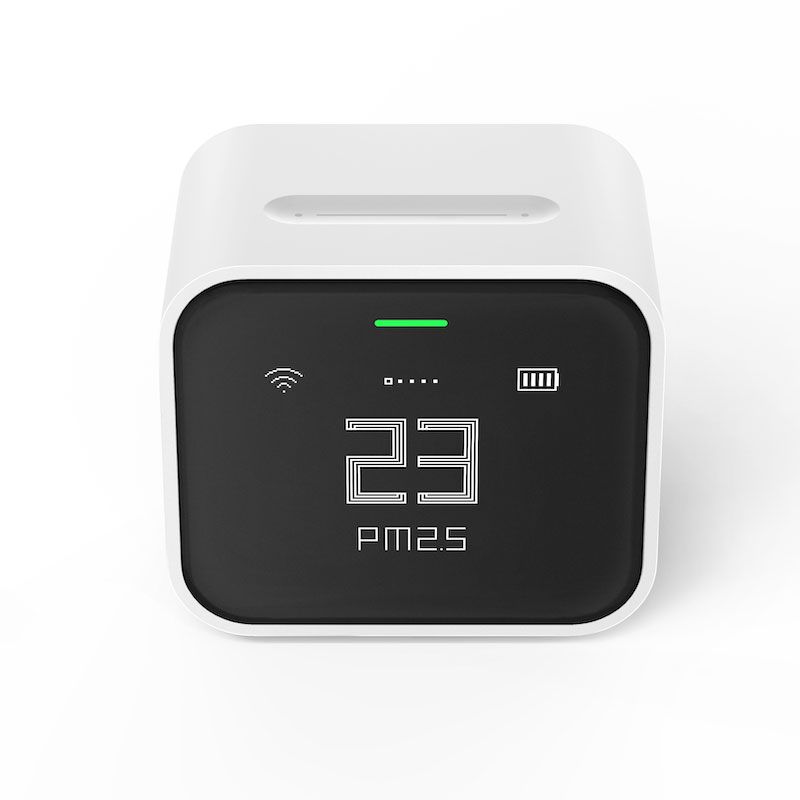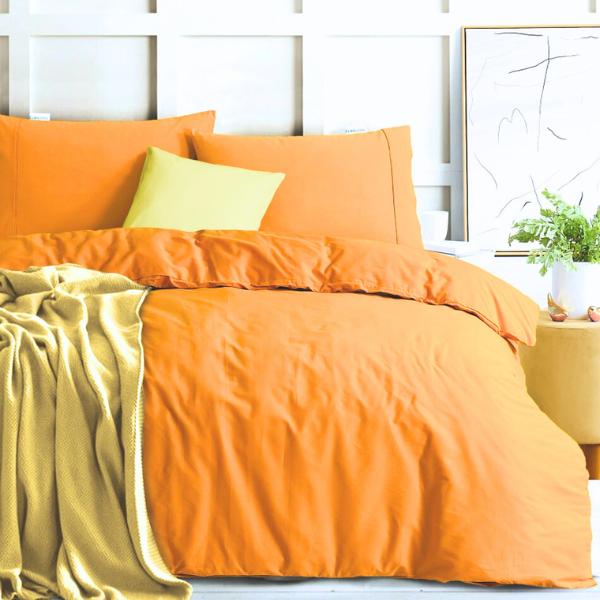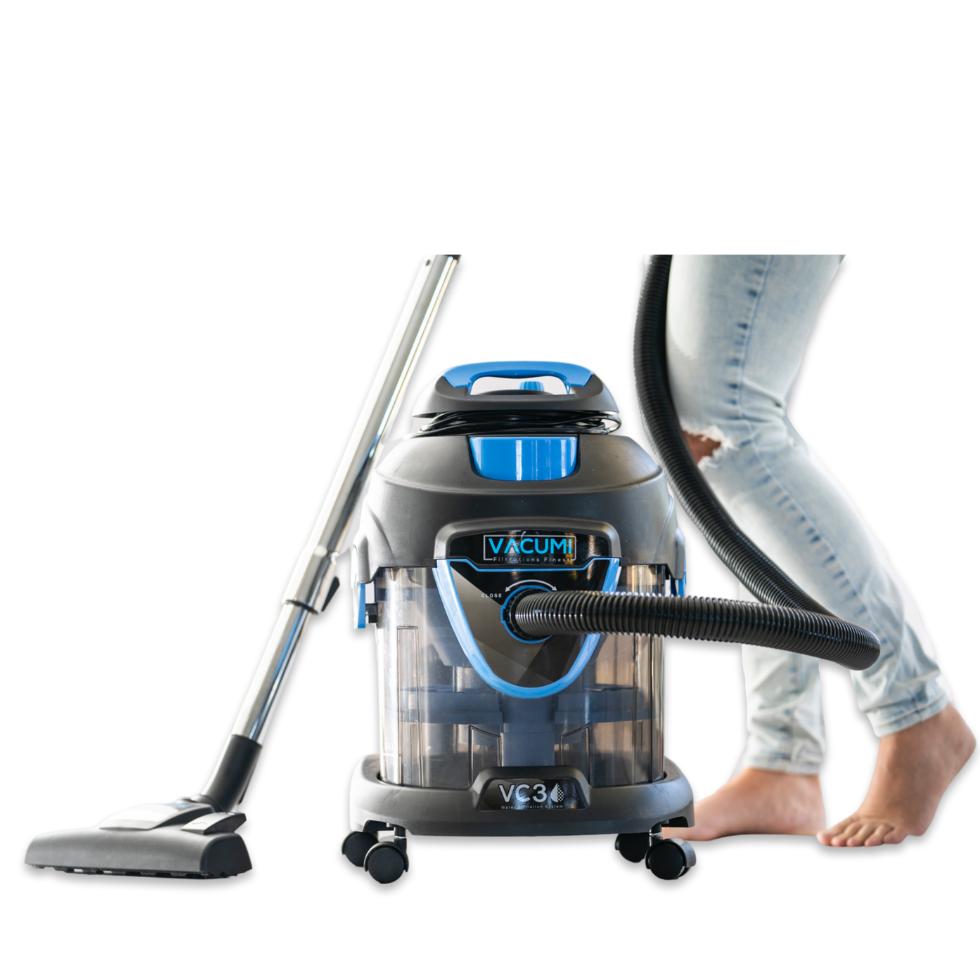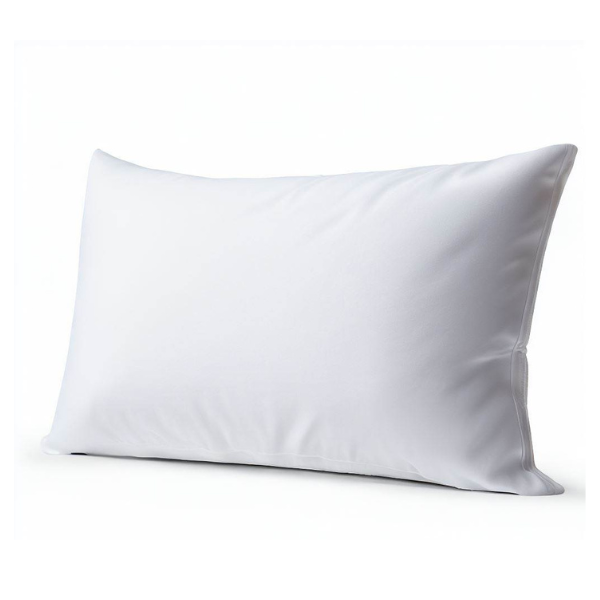If you suffer from dust mite allergies, it is important to choose a mattress that can help minimise the presence of dust mites in your sleeping environment.
One option to consider is natural latex because of its density and it is thought to naturally resist dust mites.
Are all latex mattresses made the same? What are the differences?
No, all latex mattresses are not made the same. The differences primarily stem from the type of latex used, the manufacturing process, and the overall construction of the mattress. Here are the key distinctions:
Type of Latex
-
Natural Latex: Derived from the sap of rubber trees, natural latex is eco-friendly and free of synthetic materials. It's hypoallergenic, antimicrobial, and more breathable than synthetic alternatives. However, natural latex mattresses can be more expensive due to the cost of the raw materials and the production process.
-
Synthetic Latex: Made from petrochemicals, synthetic latex mimics the properties of natural latex but at a lower cost. While it's less eco-friendly and may off-gas chemicals, it provides a similar level of comfort and support.
-
Blended Latex: This is a mix of natural and synthetic latex, offering a middle ground between the two. Blended latex mattresses aim to balance the benefits of natural latex with the cost-effectiveness of synthetic latex.
Latex Manufacturing Process
-
Dunlop Process: The oldest method of producing latex, the Dunlop process results in a denser, heavier material. Mattresses made using this process tend to be firmer and more durable, making them suitable for those seeking support.
-
Talalay Process: This more complex process includes additional steps, like vacuum sealing and freezing, resulting in a lighter, more consistent, and softer latex. Talalay latex mattresses are often preferred for their plushness and comfort.
Construction
-
Single vs. Multi-Layer: Latex mattresses can be constructed from a single type of latex throughout or feature multiple layers of different types or densities of latex. Multi-layer designs allow for customization of firmness and support levels.
-
With or Without Innersprings: Some latex mattresses incorporate innerspring coils as a base layer, offering a hybrid design that combines the bounce and support of springs with the comfort of latex.
-
Cover Materials: The cover material can also vary, with some using organic cotton or wool for added breathability and moisture-wicking properties, enhancing the natural benefits of the latex.
How to clean your mattress if you have dust mites in bed
Depending on the age and condition of your mattress, local climate, and hygiene practices, there is a good chance you are sharing your mattress with dust mites. Read our step-by-step guide to minimise dust mites in your bed.
Mattress covers for allergy sufferers
In addition to choosing the right mattress, using a dust mite-proof mattress protectors could provide additional protection against allergens. These protectors are made from tightly woven fabric, sealing the mattress from infestations.
Other ways to reduce dust mite allergens
Regularly cleaning and vacuuming the bedroom with HEPA filter vacuum, maintaining low humidity levels by using a dehumidifier, and washing bedding in hot water can also be essential steps in reducing dust mites in your environment.
Read more about a comprehensive dust mite allergy solutions approach.
